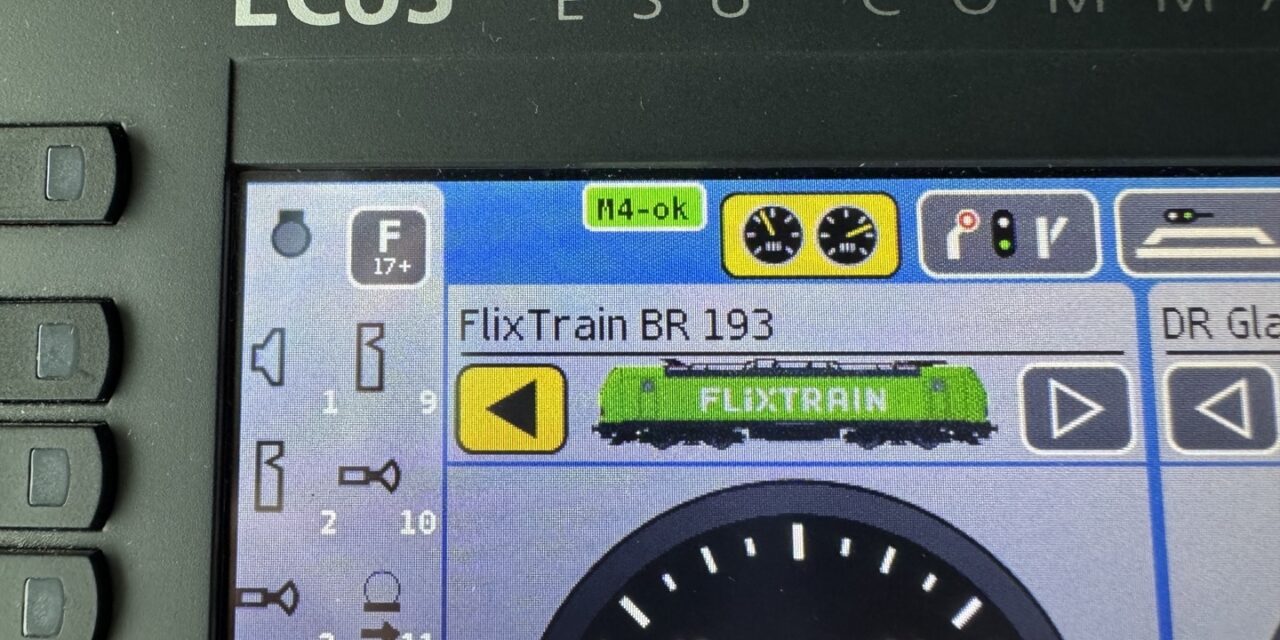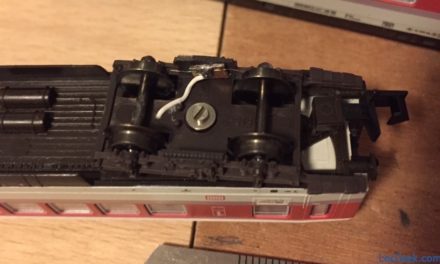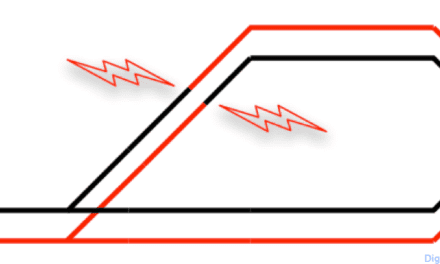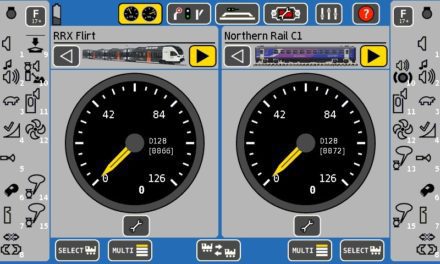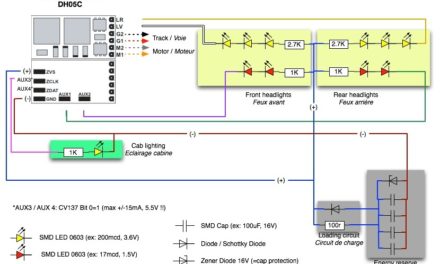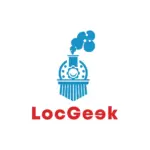Recently, I came across a forum post where someone wrote, “Nobody is using Mfx in N Scale.” Well, I am — and here’s why that exotic choice was the right one for me.
Automated locomotive registration is great
We don’t all buy dozens of new trains all the time, but if there’s one thing that’s a bit frustrating, it’s having to spend half an hour configuring a new engine before actually playing with it. It used to be simple: choose a DCC address, drive, and maybe turn on or off 1 to 3 lighting options. But things are different now with sound. Engines have up to 28, sometimes even 31, functions.
You can always just trigger the relevant function key, but if you’re using a modern command station (ESU Ecos, Z21, Central Station…) or a mobile control device, it’s much better to configure the functions with proper labels and icons.
That’s why I’m a big fan of locomotives that register automatically with the command station — including all functions and icons. Right now, there are only a few protocols that support this:
- DCC with a Railcom Plus-compatible decoder + command station
- Märklin Mfx
- DCC-A, a new norm from the RailCommunity in Europe that is yet (I think) to be implemented in real life
I wrote an article about Railcom Plus a while ago here. To my knowledge it is limited to ESU decoders. Most other manufacturers only support basic “Railcom”, which doesn’t include automated engine registration. So it remains a mostly proprietary system.
I also wrote an article specifically about automated registration and DCC-A here.
Märklin’s Mfx is also proprietary, but it has been used for years in their HO range. More recently, several Minitrix N scale digital models — with or without sound — have come with decoders that support both DCC (without Railcom Plus) and Mfx.
Protocol coexistence & ESU Ecos II command station
First of all, let’s remind what Märklin Mfx is. It is a completely different protocol from DCC, in fact, it is a competitor of DCC. It is the successor of several historical protocols from Märklin, including Motorola (“MM”). This is why it’s important to understand, that Mfx is not some kind of additional functionality on the DCC signal (such as Railcom Plus or DCC-A), but something different altogether.
However, as is often mentioned, there’s theoretically no issue with multiple protocols coexisting on the same track — provided the command station supports emitting those protocols. In N scale, especially in Germany, many people use both DCC and Selectrix (an older system that’s gradually falling out of use). I’m sure in HO and other scales, many users also run DCC and Mfx side by side.
Similarly, all modern decoders can understand both Mfx and DCC.
The ESU Ecos II has no trouble emitting both DCC and Mfx (called “M4” by ESU for copyright reasons). While some people report issues with older decoders struggling under a multiprotocol signal, I haven’t encountered any problems.
Put on track & play
For all these reasons, I see no issue with using Mfx in N scale — although I admit it’s not a standard approach. It’s not something I necessarily recommend to others, but in my case, it makes life easier with many of my newer locomotives. Whether equipped with an ESU or Mfx decoder, they automatically register with the ESU Ecos II.
The only thing I manually do (because I’m a perfectionist) is upload the correct image to the Ecos and associate it with the engine.
A few things to note:
- If a decoder supports both DCC Railcom Plus and Mfx (as ESU decoders do), and both protocols are enabled, the Ecos defaults to using RailCom Plus for engine discovery.
- Railcom Plus discovery takes just a few seconds (5–10 seconds), while Mfx/M4 detection takes longer — sometimes up to a minute. But as mentioned above, the outcome is the same.
- As a general practice, even for my Minitrix Mfx-compatible engines, I always keep the DCC protocol activated in the decoder CVs. Just in case, I also assign a discrete DCC address. That way, if I ever lend the engine to someone with a pure DCC layout, it’ll still be usable. As a reminder: Mfx doesn’t use addresses like DCC does. Engines have a hidden unique ID, and you only interact with the name of the engine on the command station.
Conclusion
As with computers (PC vs Mac), I follow a simple principle: if a proprietary system works well and makes my life easier, there’s no reason not to use it. That’s exactly the case with DCC + Railcom Plus and Märklin Mfx coexisting on my N scale layout. It might be a bit exotic, but it’s a great solution for enjoying plug-and-play engine registration.
Of course, many models and decoders still don’t support Railcom Plus or Mfx. I don’t let that influence my choice of locomotives. But when I open a new engine and get a true plug-and-play experience — it’s always a welcome surprise.
What do you think? Are you also using a multiprotocol command station? Am I really alone in using Mfx in N scale? Let me know in the comments below.

